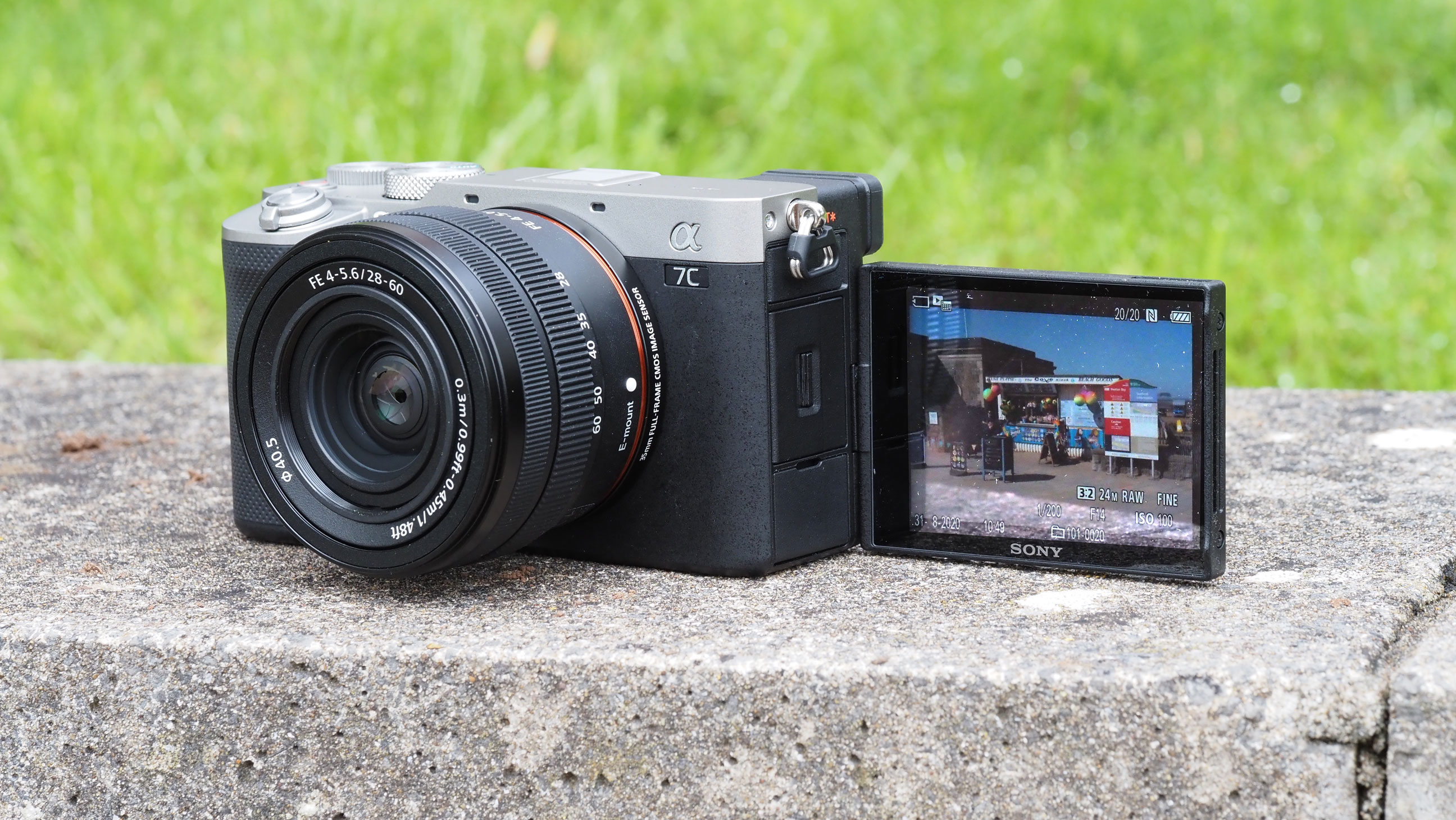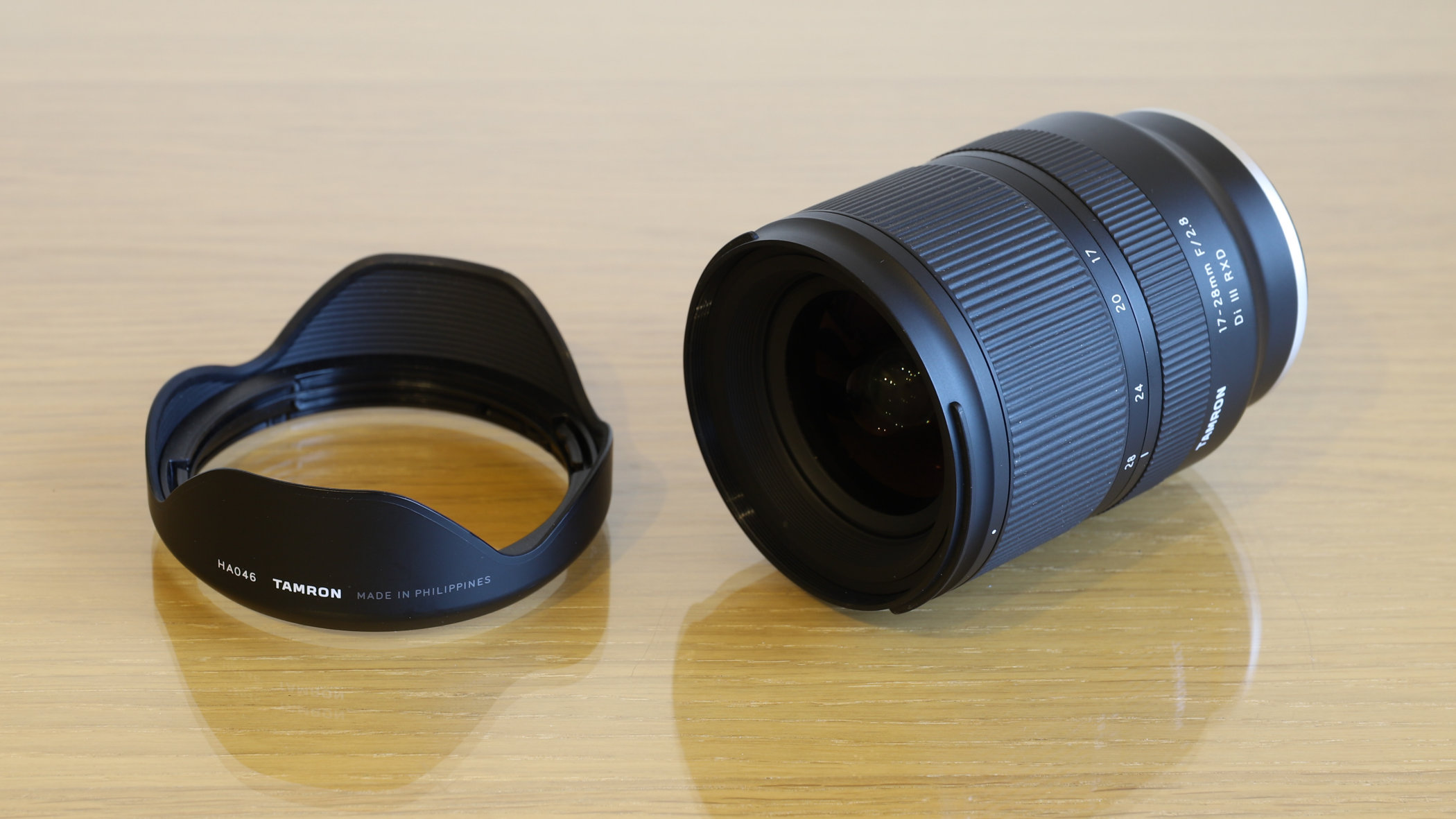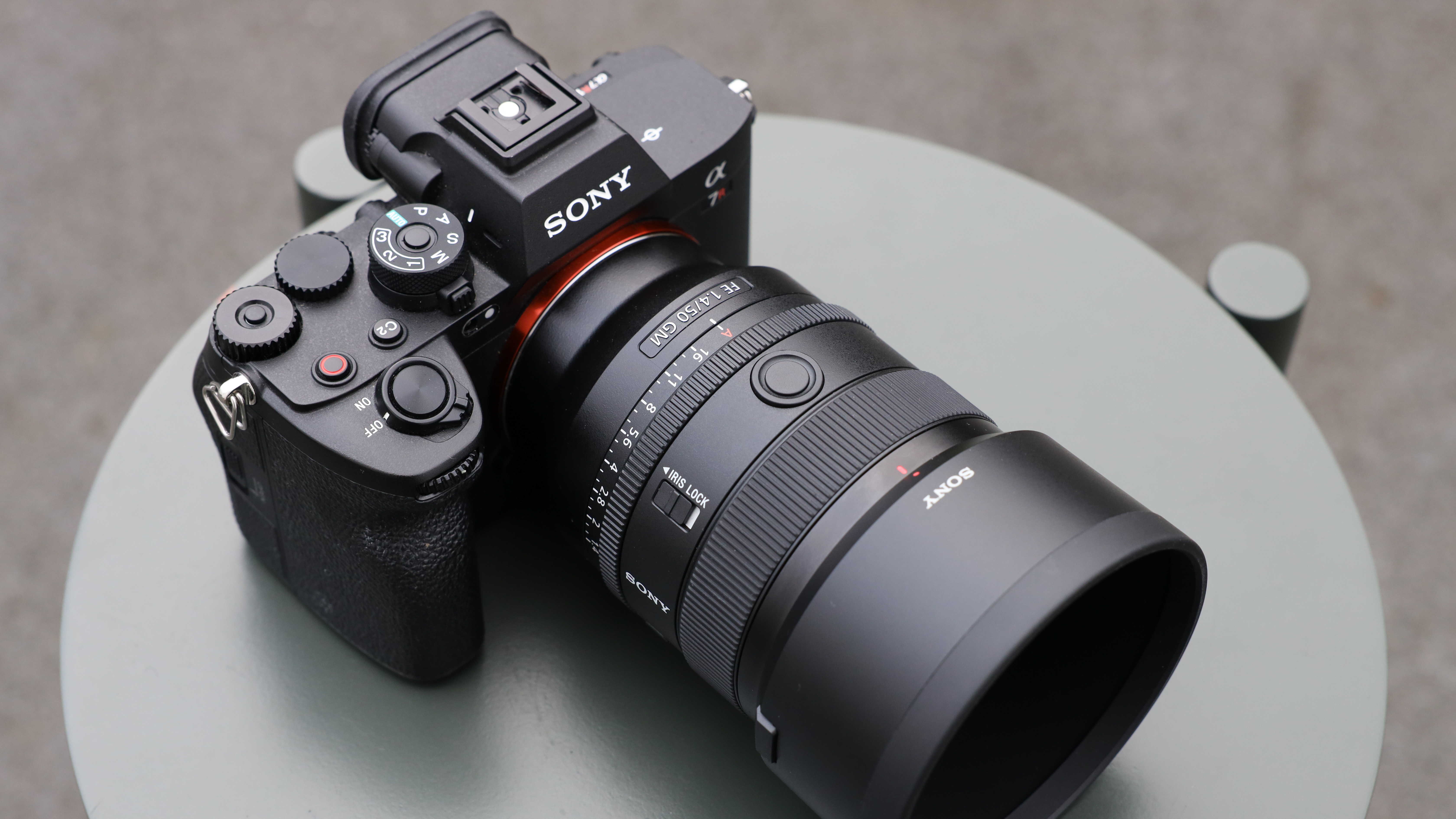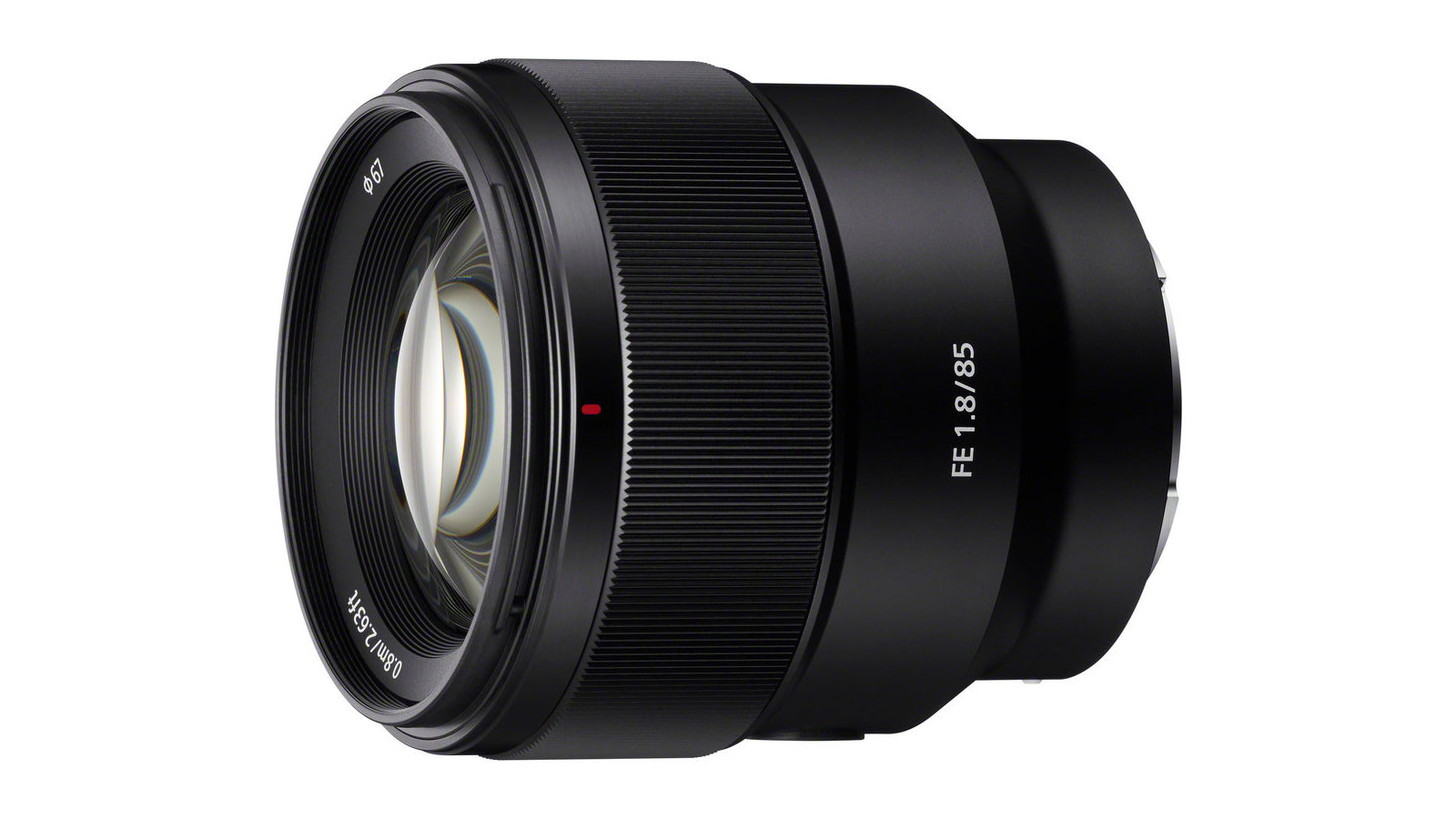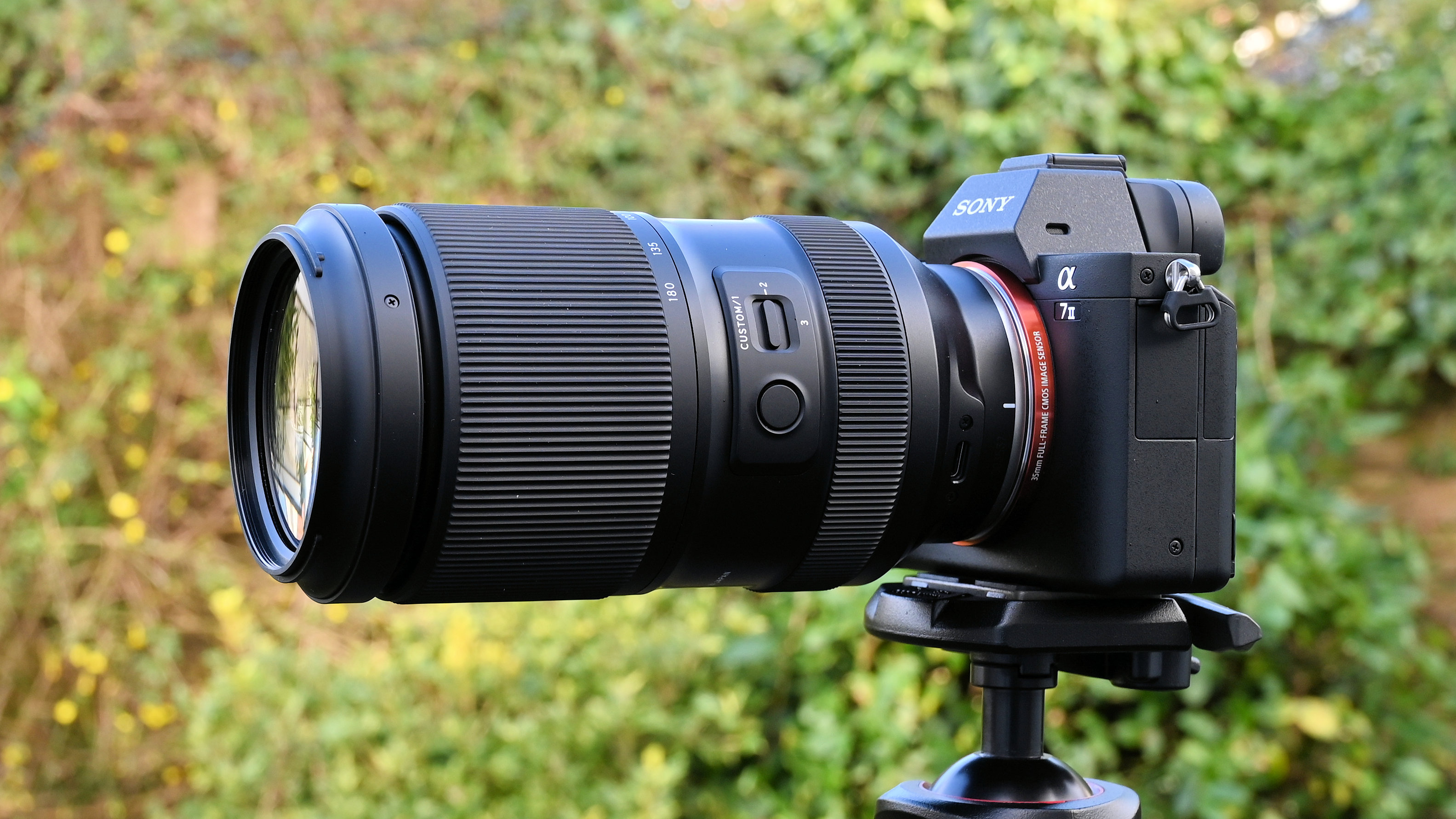The best lenses for the Sony A7C and A7C II: it’s wonderfully compact and portable for a full-frame camera, and here are the lenses that are the most ideal fit
Let me help you find the best lenses for the Sony A7C and A7C II, based on compact size, a lightweight build, ease-of-use, and that are easy on the pocket
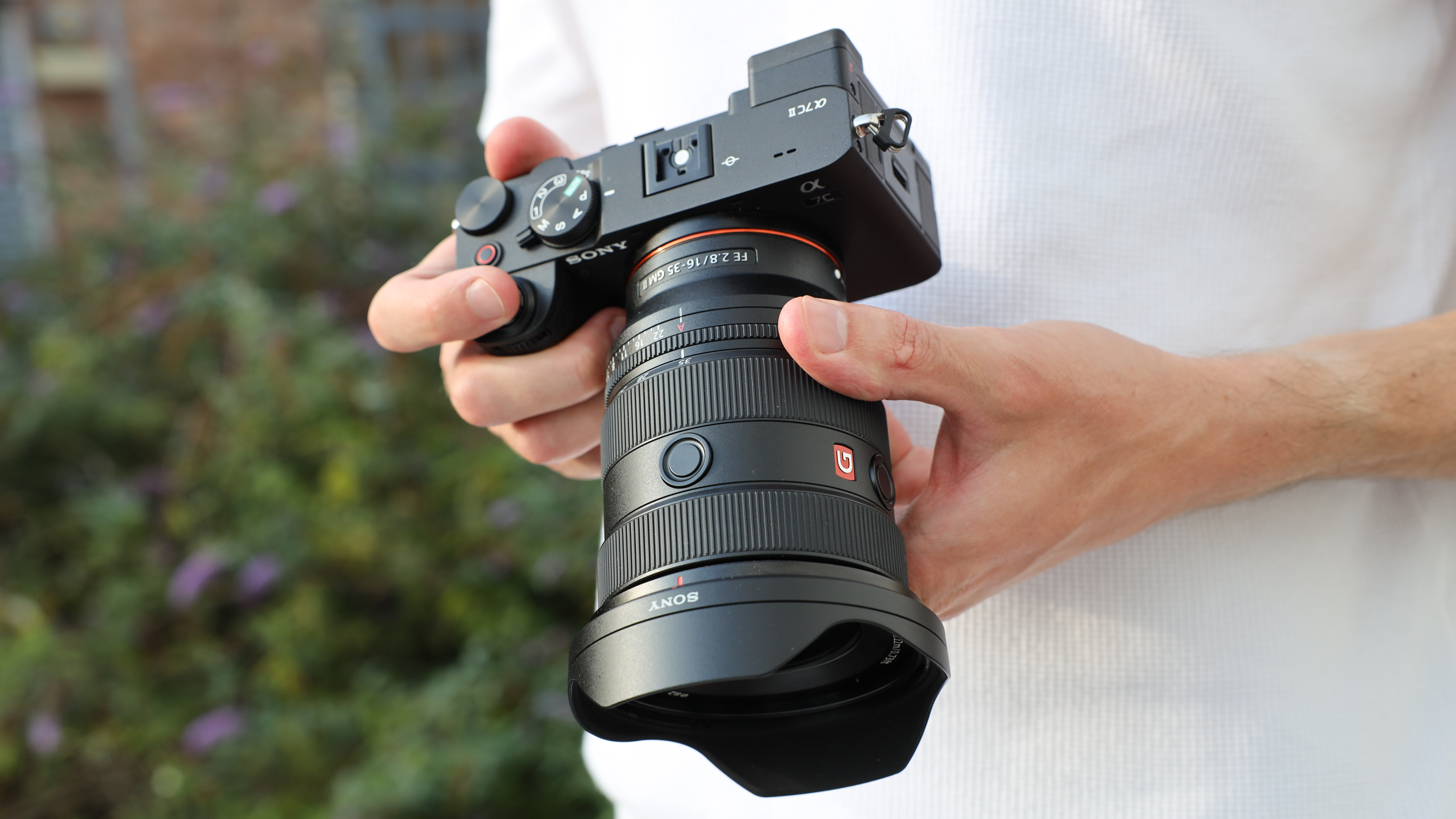
Choosing the best lenses for the Sony A7C or Sony A7C II means taking into account their compact, rangefinder-style design, orientation towards content creators and videographers, and relatively low price point among full-frame Sony Alpha mirrorless cameras. They're also among the best cameras for vlogging, and best filmmaking cameras. At the price, I'd also say they're among the best Sony cameras, at least for beginners or new Sony adopters.
But this isn't simply going to be a repeat of my main guide to the best Sony lenses. I like to match the lenses with the camera. There are lots of high-end, constant-aperture Sony G Master lenses that would be fine on a Sony A7R IV or Sony A1, but would be overkill on this model – both financially and physically. They're small and are not blessed with chunky grips, so it makes sense to choose lenses that are going to feel as nicely balanced as possible.
I'm also keeping an eye on the price because one of the reasons for buying the A7C or A7C II is for their relatively low cost. Owners are likely to be looking for cost-effective lenses that are a suitable match. So with all that in mind, these are what I think are the best lenses for these cameras right now.

Rod is an independent photography journalist and editor, and a long-standing Digital Camera World contributor, having previously worked as DCW's Group Reviews Editor. He has used practically every interchangeable-lens camera launched in the past 20 years, from entry-level DSLRs to medium-format cameras, so he has the expertise to select the best Sony lenses for you.
The Quick List
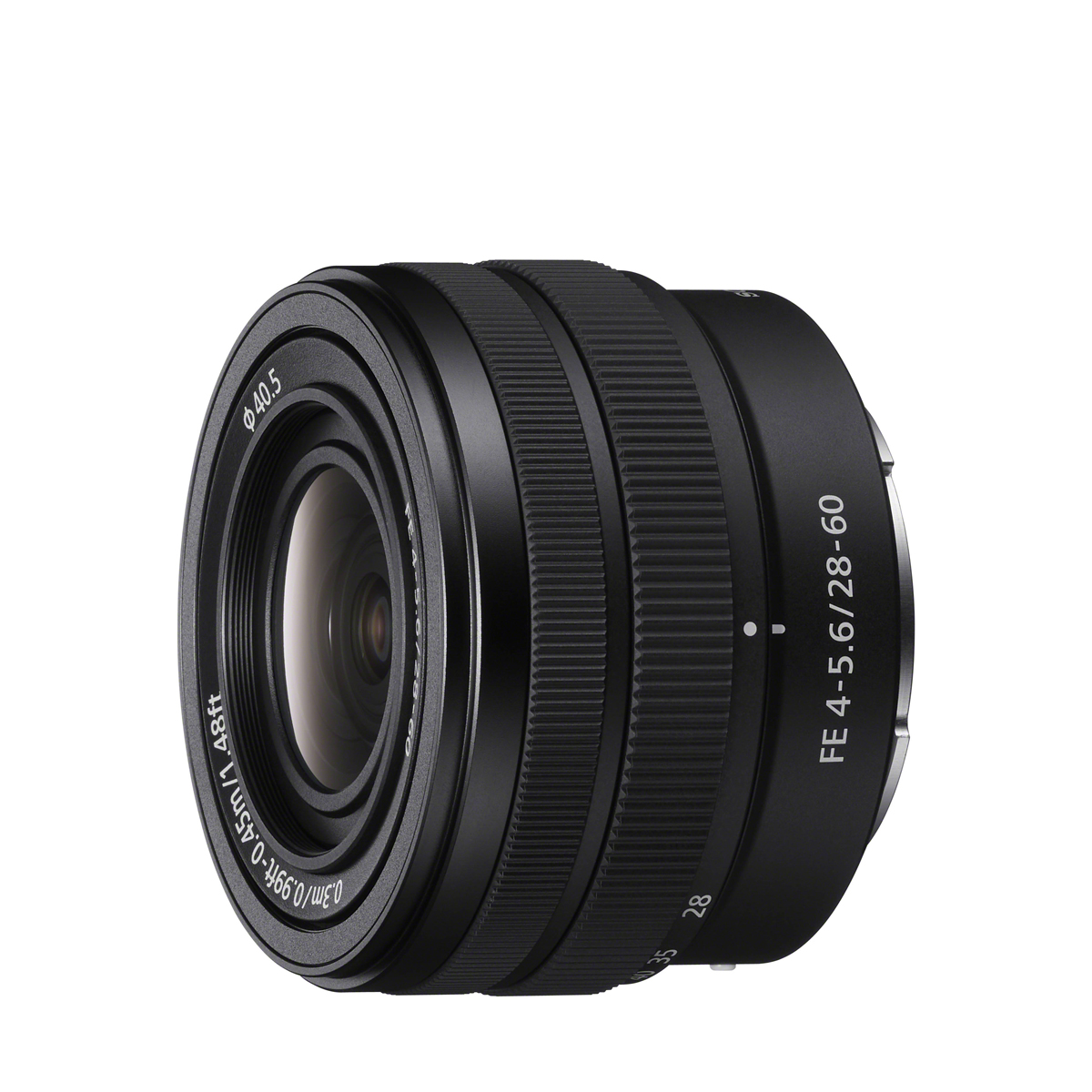
Sony’s recommended kit lens performs better than you’d expect, and its retracting design keeps it small. That makes it a great match for these cameras. Read more below…
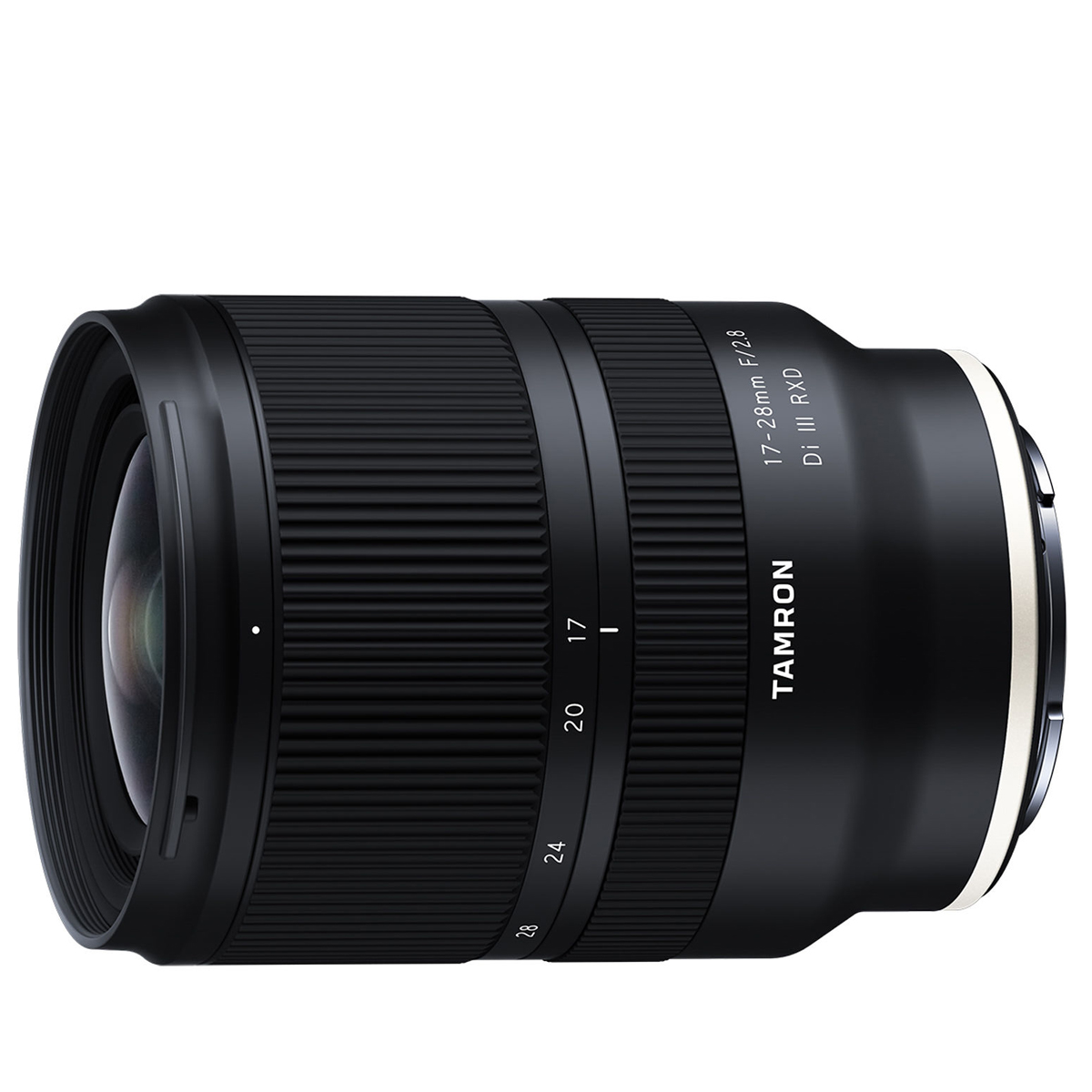
No full-frame ultra-wide zoom will be small, but the Tamron is neater and easier to carry than Sony's own wide-angle big-hitters. Read more below…

This lens is more of an investment, but that extra bit of zoom range with greater wide-angle coverage can make a big difference. Read more below…

With almost-perfect center sharpness, rapid autofocus and a moisture-resistant build, this is a truly nifty fifty. Read more below…

Get the dreamy portrait bokeh you crave without splashing out too much cash – and you get smooth handling too. Read more below…
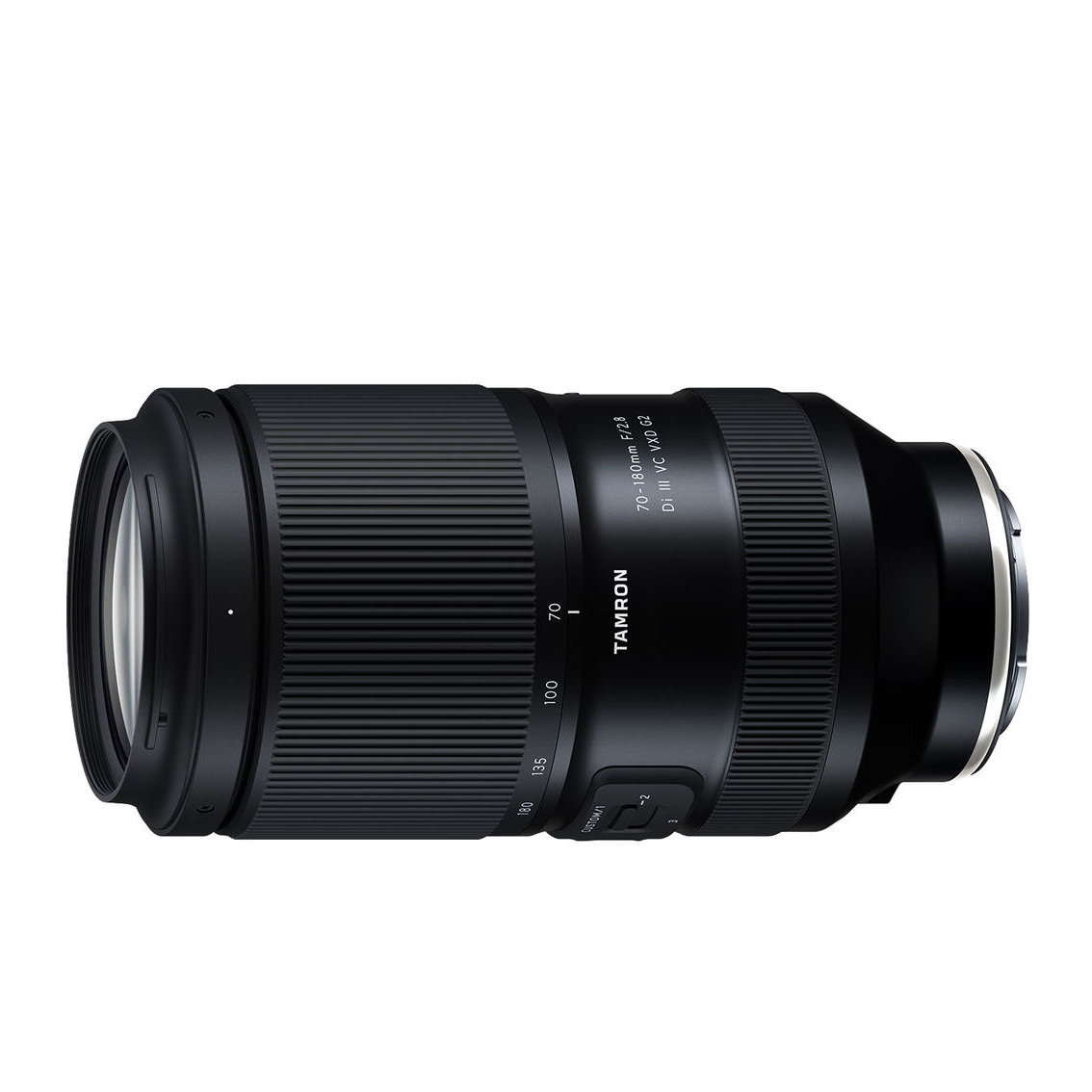
Nearly the same focal range as a classic tele and an f/2.8 aperture, in a much smaller and lighter package. Read more below…
Best lenses for the Sony A7C
Why you can trust Digital Camera World
Best everyday lens for the A7C
Specifications
Reasons to buy
Reasons to avoid


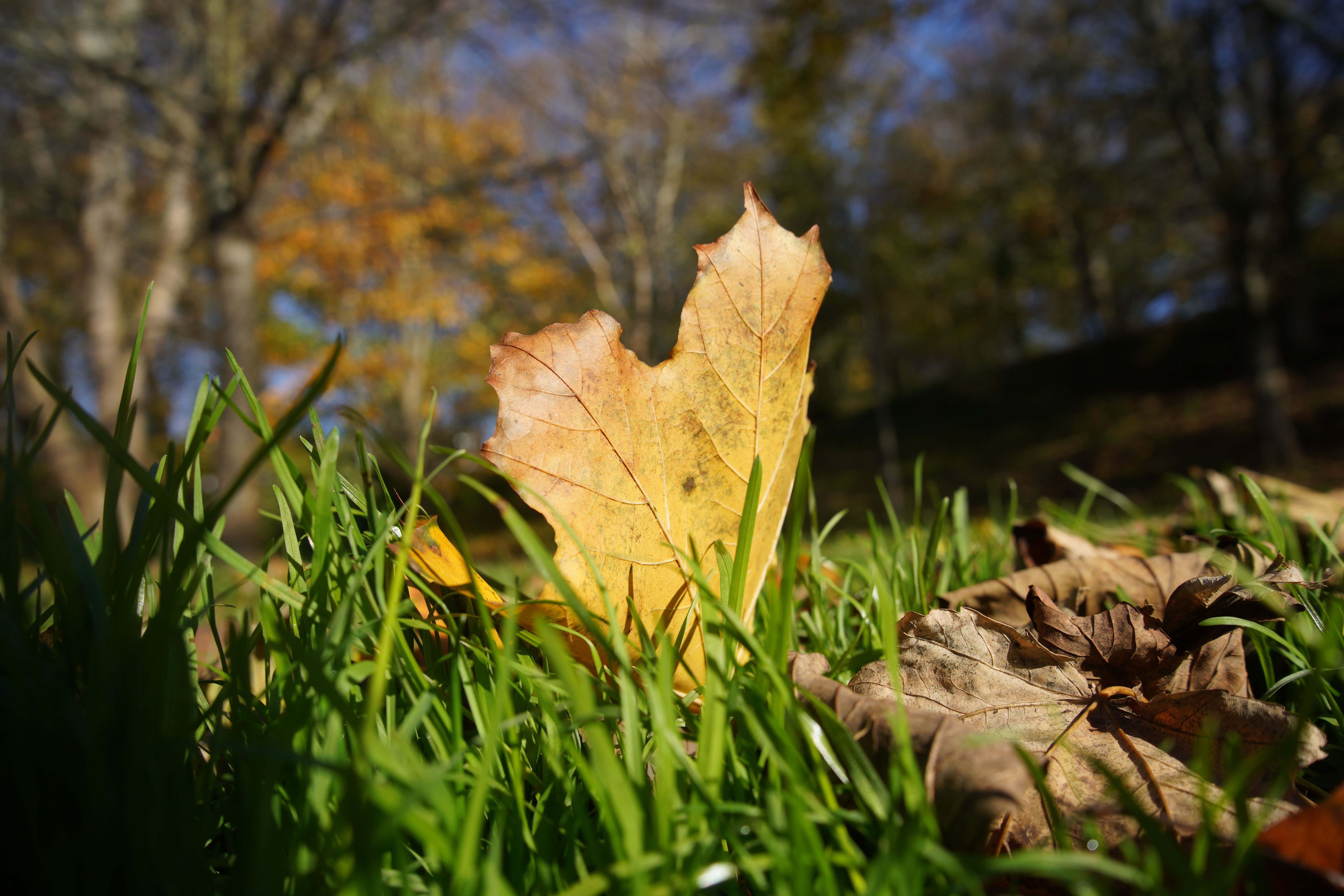
Sony fans are spoilt for choice when choosing a standard zoom. But while the Sony FE 24-70mm f/2.8 G Master is the professionals' choice, it costs a fortune and weighs a ton. The Sigma 24-70mm f/2.8 DG DN Art is half the price but still huge, and while there are also worthy rivals from Samyang and Tamron, it's the modest Sony FE 28-60mm f/4-5.6 kit lens that I'd recommend as the perfect everyday companion for the Sony A7C.
It uses a retracting mechanism, so it’s very compact for stowing away. It remains pretty small when extended for use, so it’s a good physical match for the A7C. It doesn't have such a big zoom range as the other standard zooms that I’ve mentioned but its performance is better than I’d expect from a retracting kit lens, with good sharpness right out to the edges of the frame.
Read more: Sony FE 28-60mm f/4-5.6 review
Features ★★★★☆ | The big deal is that it’s so small, thanks to a clever retracting design, but zoom range is limited. |
Design ★★★★☆ | It’s nicely made and includes weather-resistance but the design is quite basic in terms of handling. |
Performance ★★★★☆ | Performance is good rather than entirely great, with mediocre sharpness towards the edges and corners of the frame. |
Value ★★★★☆ | It’s pretty expensive for a basic ‘kit zoom’ lens if you buy it separately. |
Best wide-angle lens for the A7C
Specifications
Reasons to buy
Reasons to avoid
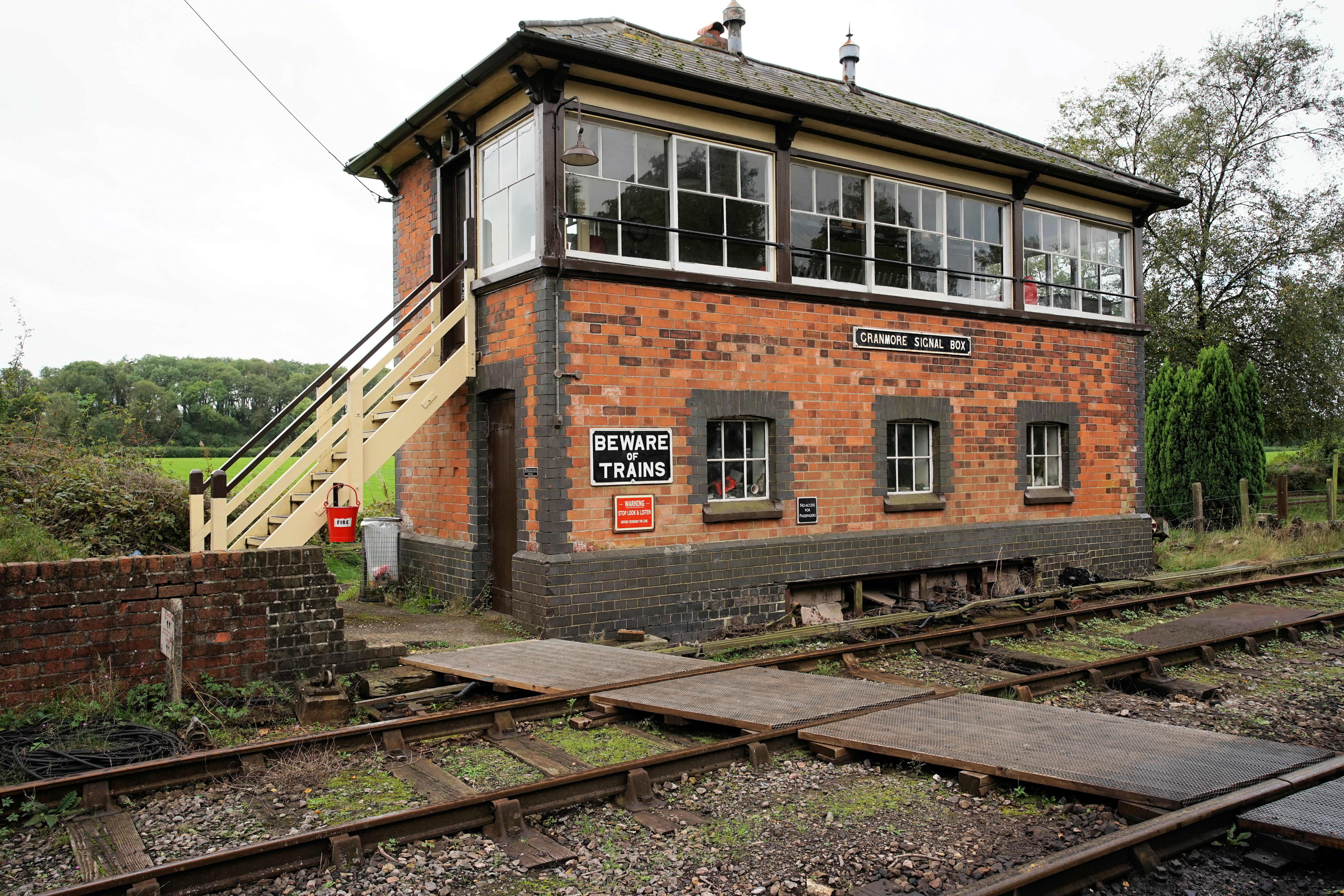
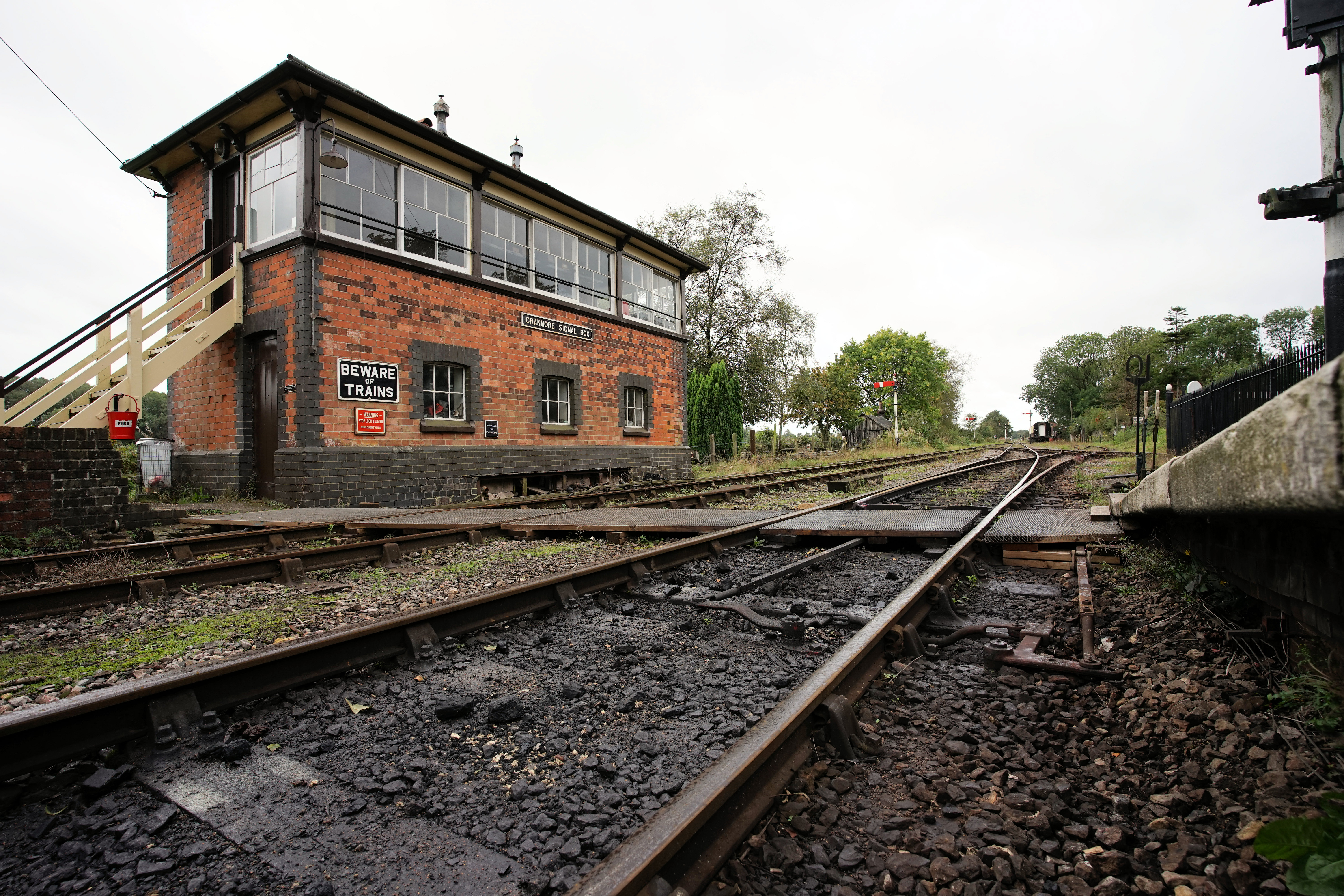
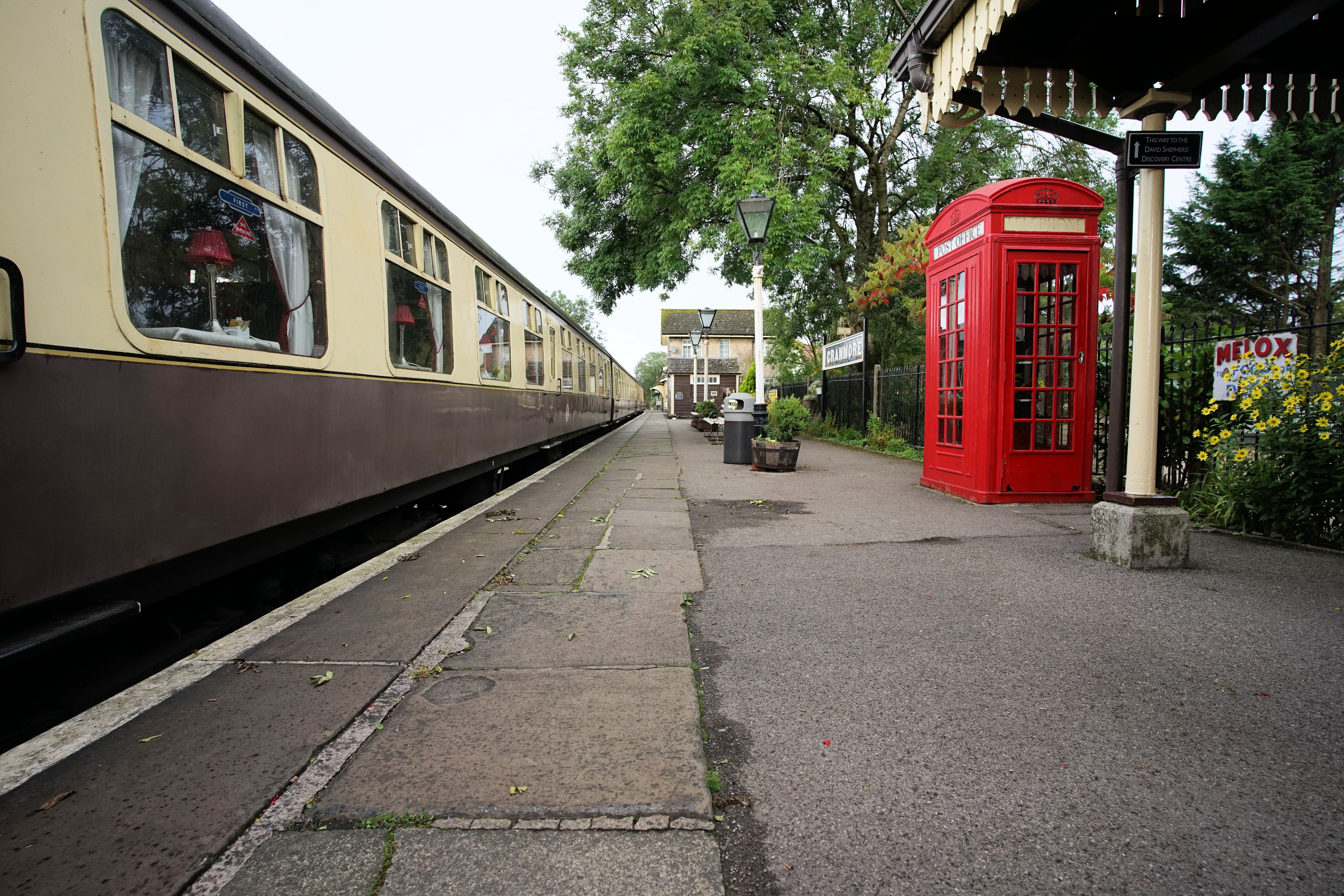
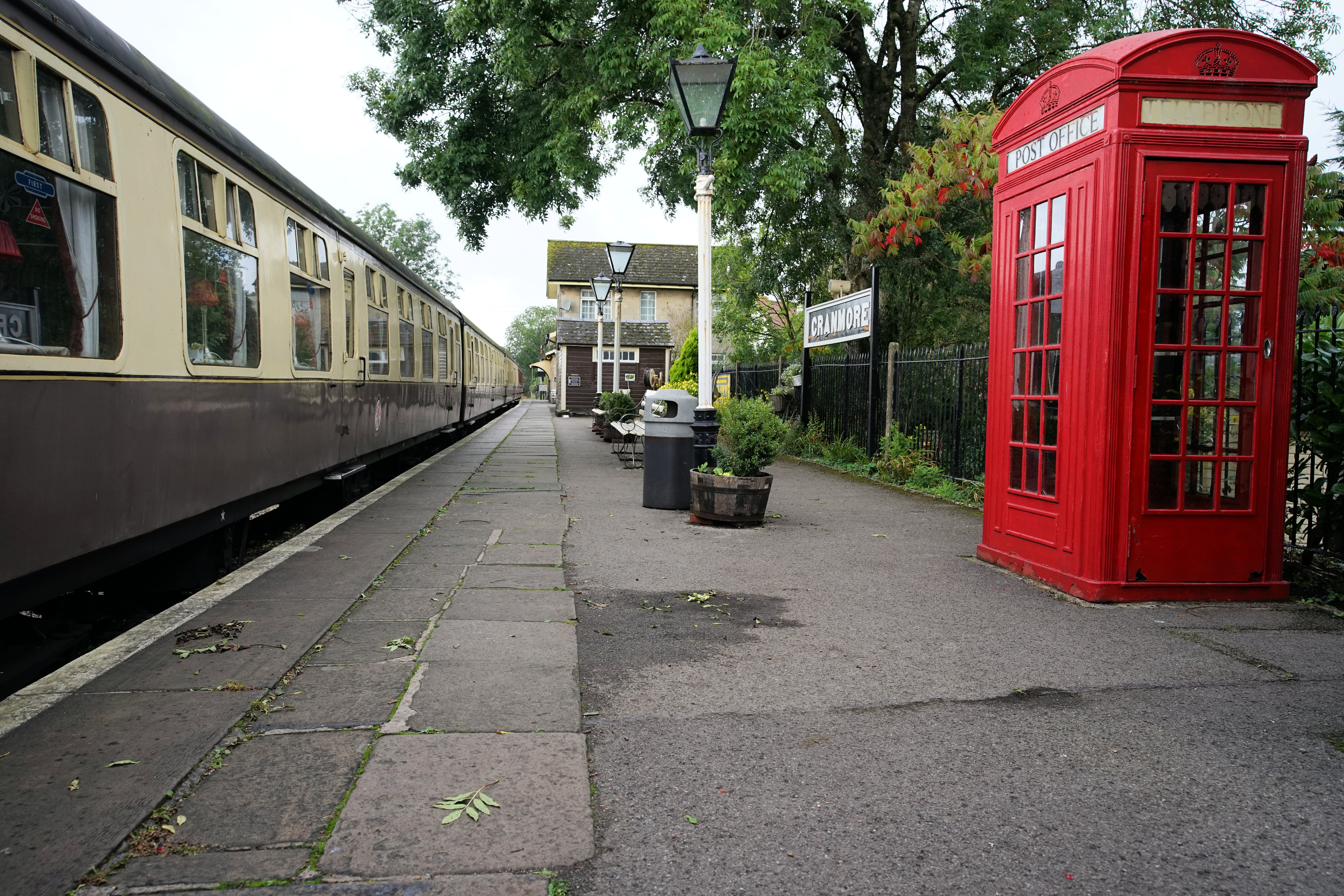
Every photographer needs an ultra-wide zoom, whether they realize it straight away or not. And given the special suitability of these Sony cameras for travel, the Tamron 17-28mm f/2.8 Di III RXD fits the bill perfectly. No full-frame ultra-wide zoom will be small, but the Tamron is neater and certainly easier to carry than Sony's own wide-angle monsters – and a lot easier to afford, too.
Despite the Tamron's price, it features high-end, weather-sealed build quality, a fast and constant f/2.8 aperture rating, quick and virtually silent RXD (Rapid eXtra silent stepping drive) autofocus system, and, best of all, terrific image quality. Corner-to-corner sharpness is particularly impressive for an ultra-wide-angle lens, even when shooting at the widest aperture. It doesn’t quite match Sony’s 16-35mm lenses for maximum viewing angle but it comes very close, and it’s great value.
Read more: Tamron 17-28mm f/2.8 Di III RXD review
Features ★★★★☆ | It’s not packed with fancy features and there’s no optical stabilization but it covers all the essentials. |
Design ★★★★★ | The lens is solidly built yet amazingly compact and lightweight for a wide-angle ‘trinity’ zoom. |
Performance ★★★★★ | All aspects of image quality are highly impressive, throughout the entire zoom range. |
Value ★★★★★ | The Tamron is standout value for a wide-angle zoom with a constant f/2.8 aperture. |
Best travel lens for the A7C
Specifications
Reasons to buy
Reasons to avoid

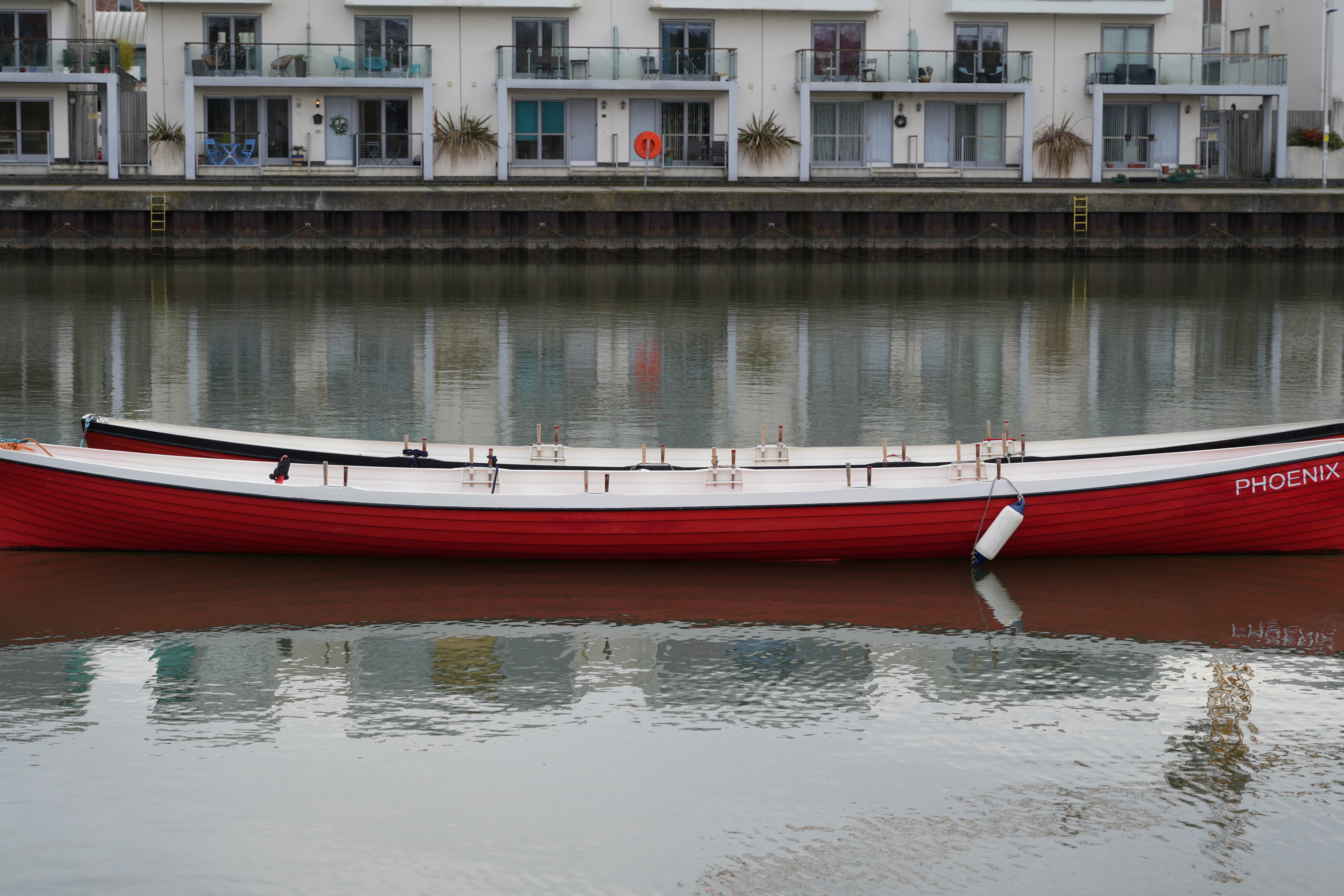
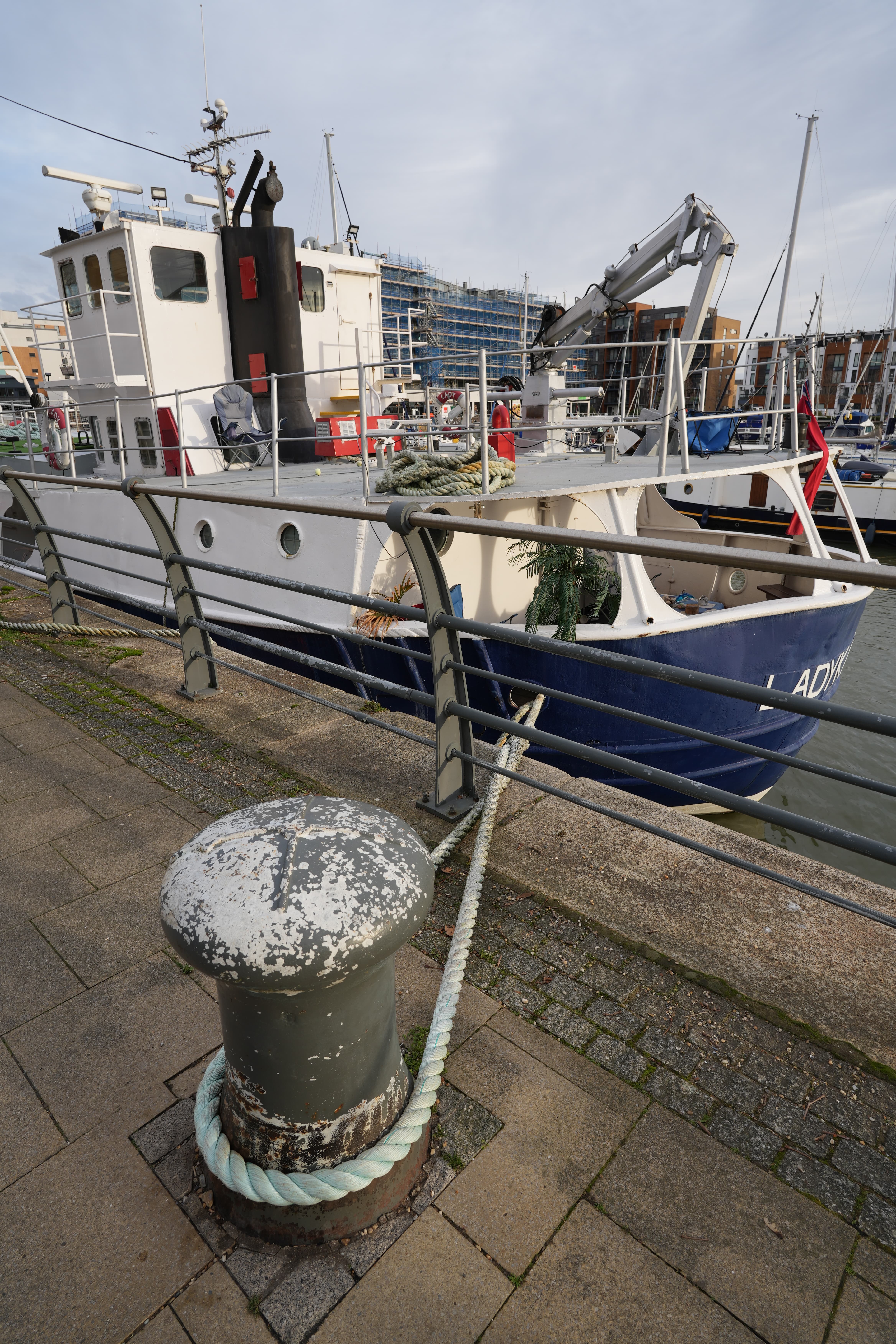
One of Sony’s more recent lenses could completely change the standard zoom lens of the future. In a world first, the lens covers an extremely versatile focal range, making it perfect for traveling (admittedly luxury traveling, given the price). It's light and portable which is another big tick and the fact it's ‘only’ f/4 isn't much of a compromise - had it been f/2.8, it would be considerably heavier and a lot more expensive.
It's got fast autofocus and delivers impressive levels of sharpness. It doesn’t have optical image stabilization – but the A7C and A7D II have in-body stabilization, so that doesn’t matter . If you're after just a little bit more on the wide end than you'd get from the Sony FE 24-70mm f/2.8 GM II, the 20-70mm is a very good contender.
Read more: Sony FE 20-70mm f/4 G hands-on review
Features ★★★★★ | It’s a standard zoom that goes a lot wider than most, with a neat range of handling exotica. |
Design ★★★★★ | Typical G series attractions include an aperture control ring, function buttons and great build quality. |
Performance ★★★★★ | Fast autofocus, great image quality and a big zoom range make this lens a top performer. |
Value ★★★★☆ | It’s good value for a lens with an epic zoom range that stretches out to ultra-wide-angle viewing. |
Best 50mm lens for the A7C
Specifications
Reasons to buy
Reasons to avoid
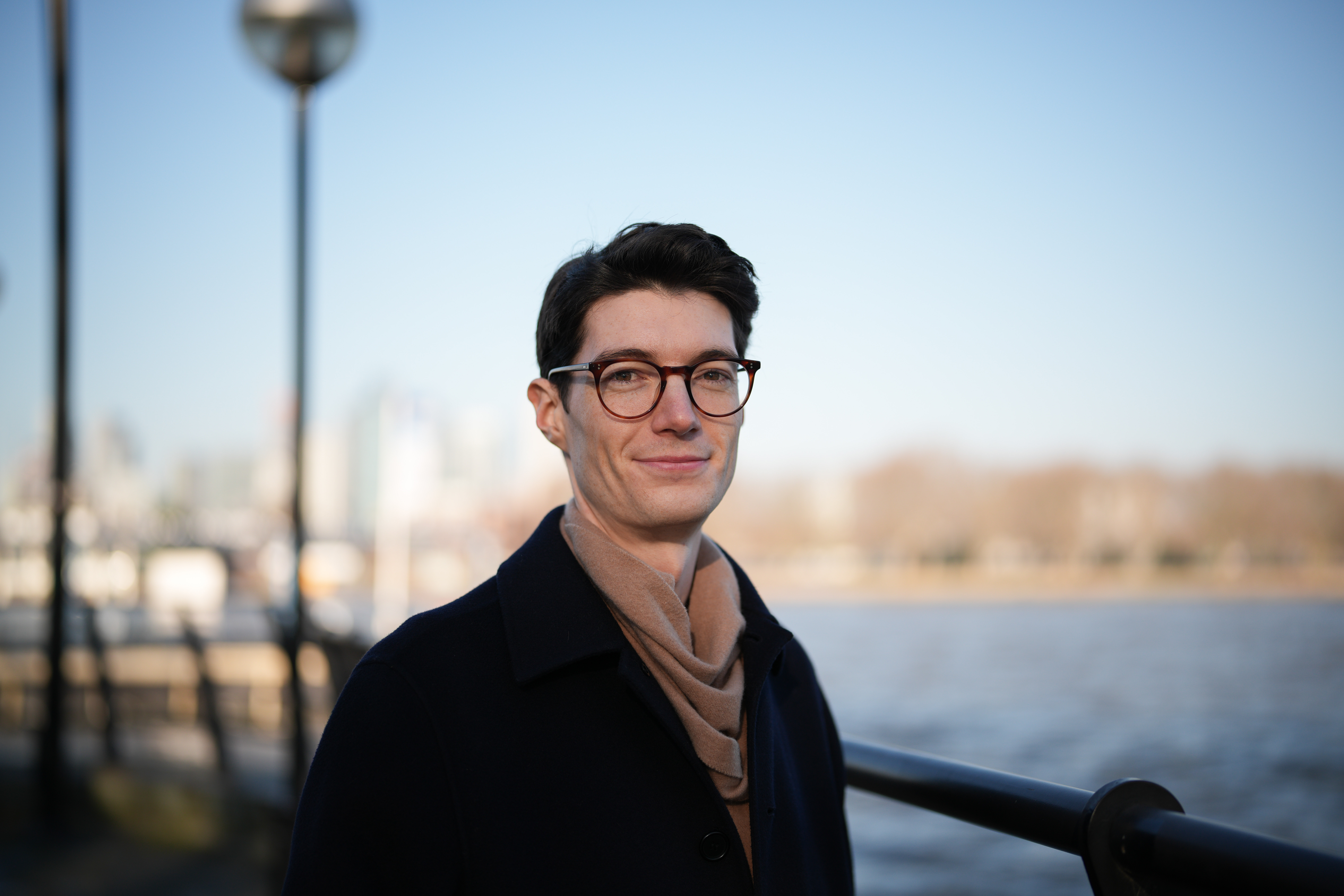
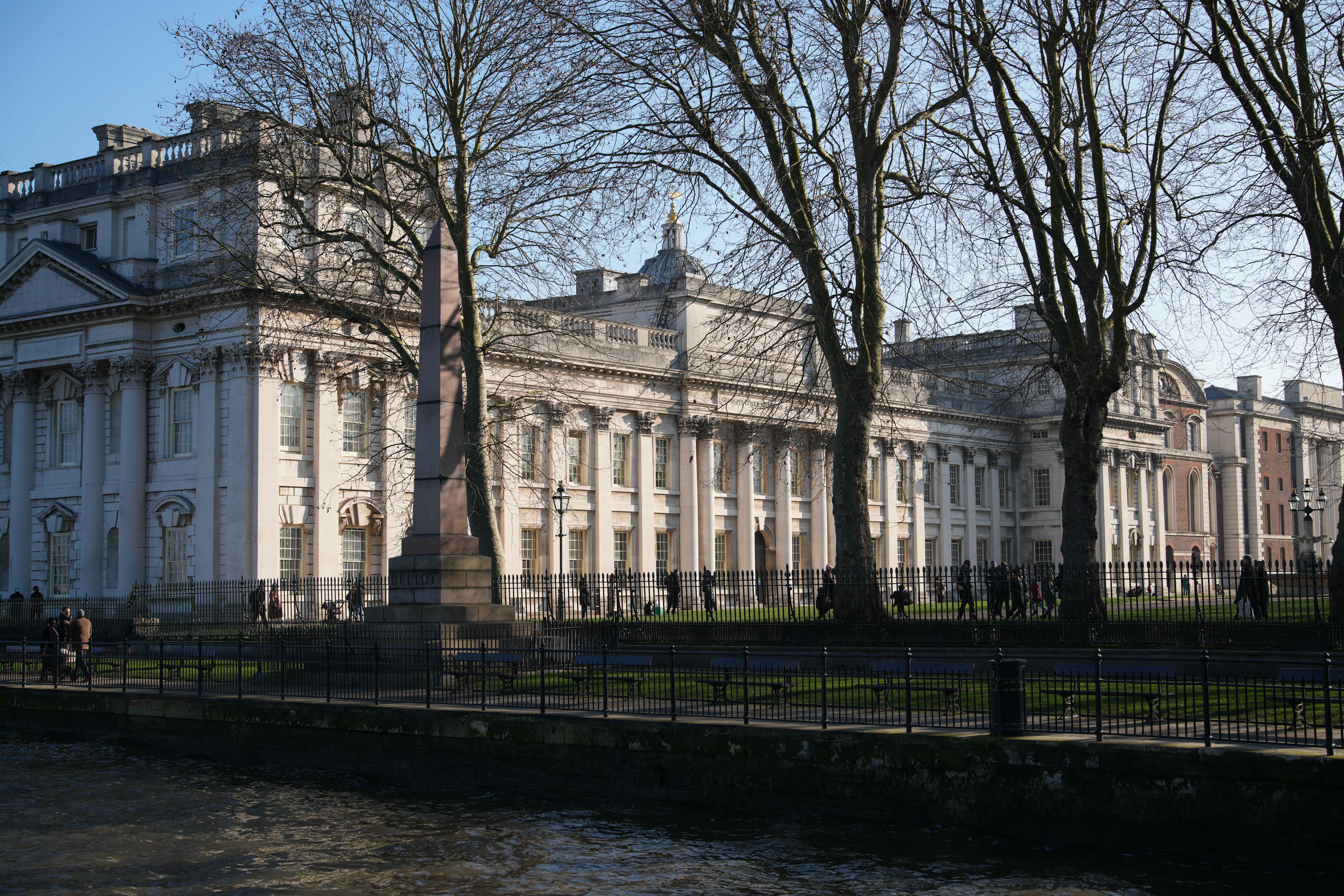
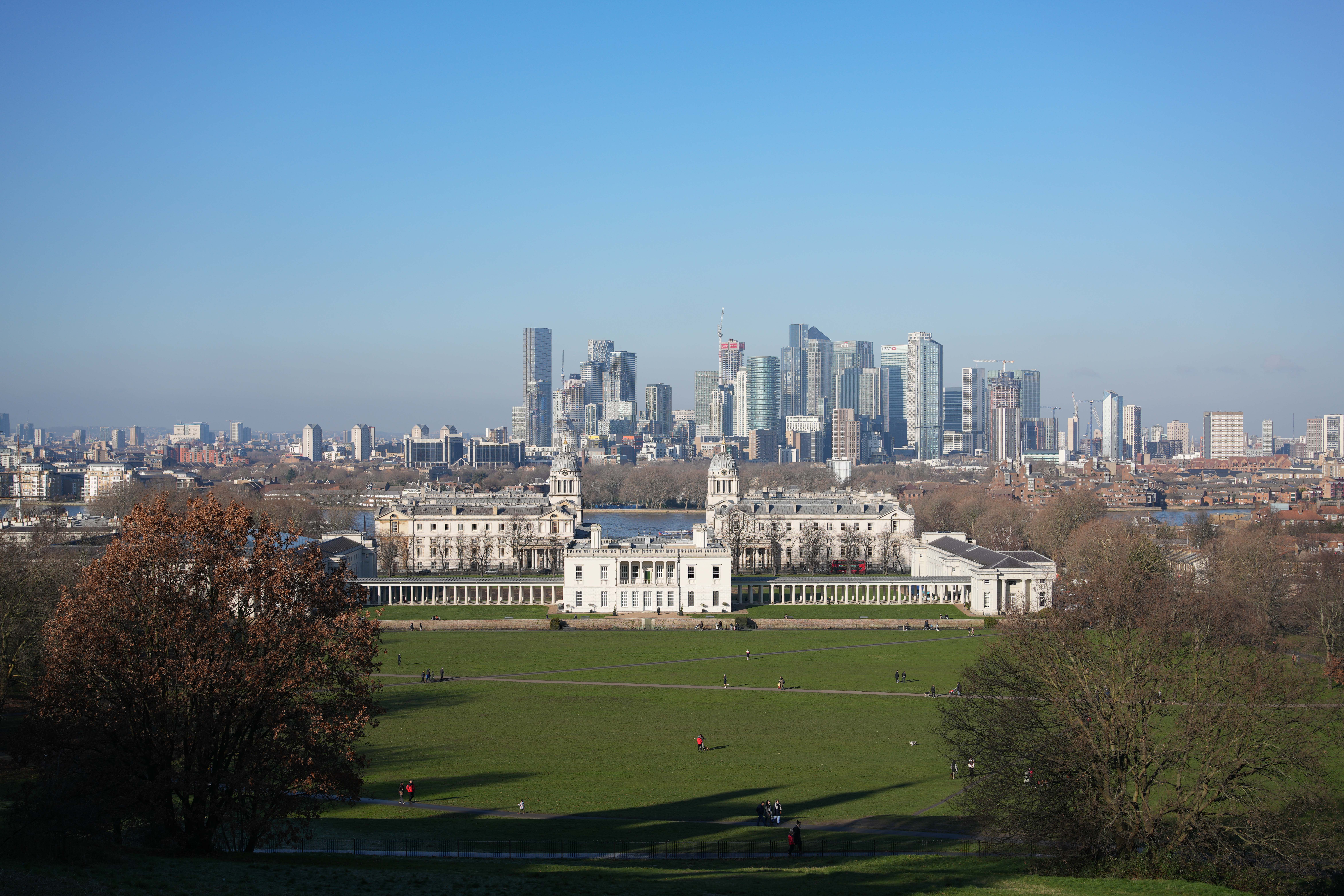
The combination of 50mm focal length and f/1.4 aperture is highly desirable. More so in this lens as it's impressively light and compact, without any compromise in optical quality. The lens manages to combine superb sharpness with super-smooth bokeh.
The 50mm focal length delivers an entirely natural perspective, and it is definitely a lens that can be left on your camera for wide-ranging shooting scenarios. If you don't need the extra aperture stop, or the added size, weight, or considerable cost of the FE 50mm f/1.2 GM, then the Sony FE 50mm f/1.4 will serve you perfectly.
I'm not going to pretend that the lens isn't expensive, but its lightning-fast autofocus, image quality and solid, moisture-resistant construction make it a great buy.
Read more: Sony FE 50mm f/1.4 GM review
Features ★★★★★ | It has all the features and trappings that I’d expect from a Sony G Master lens. |
Design ★★★★★ | It’s pretty chunky for a 50mm f/1.4 lens but the build quality is excellent. |
Performance ★★★★★ | There’s some noticeable vignetting when uncorrected in-camera but overall performance is superb. |
Value ★★★★☆ | Sony G Master lenses tend to command a high price and this one’s no different. |
Best portrait lens for the A7C
Specifications
Reasons to buy
Reasons to avoid
Sony does make a premium FE 85mm f/1.4 G Master lens, but it's expensive and too big for the modest A7C, which is why I recommend the Sony FE 85mm f/1.8 for this camera instead. It's much lighter than the f/1.4 G Master, and it’s lighter on your wallet too.
Handling is smooth, build quality is solid and image quality is strong in all respects: in our review, we found center-sharpness to be superb, even when we were shooting at f/1.8, and corner sharpness is impressive too. You won’t quite get the creaminess of bokeh that the f/1.4 G Master delivers, but it’s still delightful.
Read more: Sony FE 85mm f/1.8 review
Features ★★★★☆ | It’s a pure and simple prime lens without any handling extras, but has good features for portraiture. |
Design ★★★★☆ | For those of us who can’t afford a faster 85mm lens, this is designed to be a desirable alternative and it’s refreshingly compact and lightweight. |
Performance ★★★★☆ | Image quality is convincing with good sharpness and smooth bokeh, along with minimal aberrations. |
Value ★★★★☆ | The price is starting to look a little steep compared with third-party 85mm offerings. |
Best telephoto lens for the A7C
Specifications
Reasons to buy
Reasons to avoid
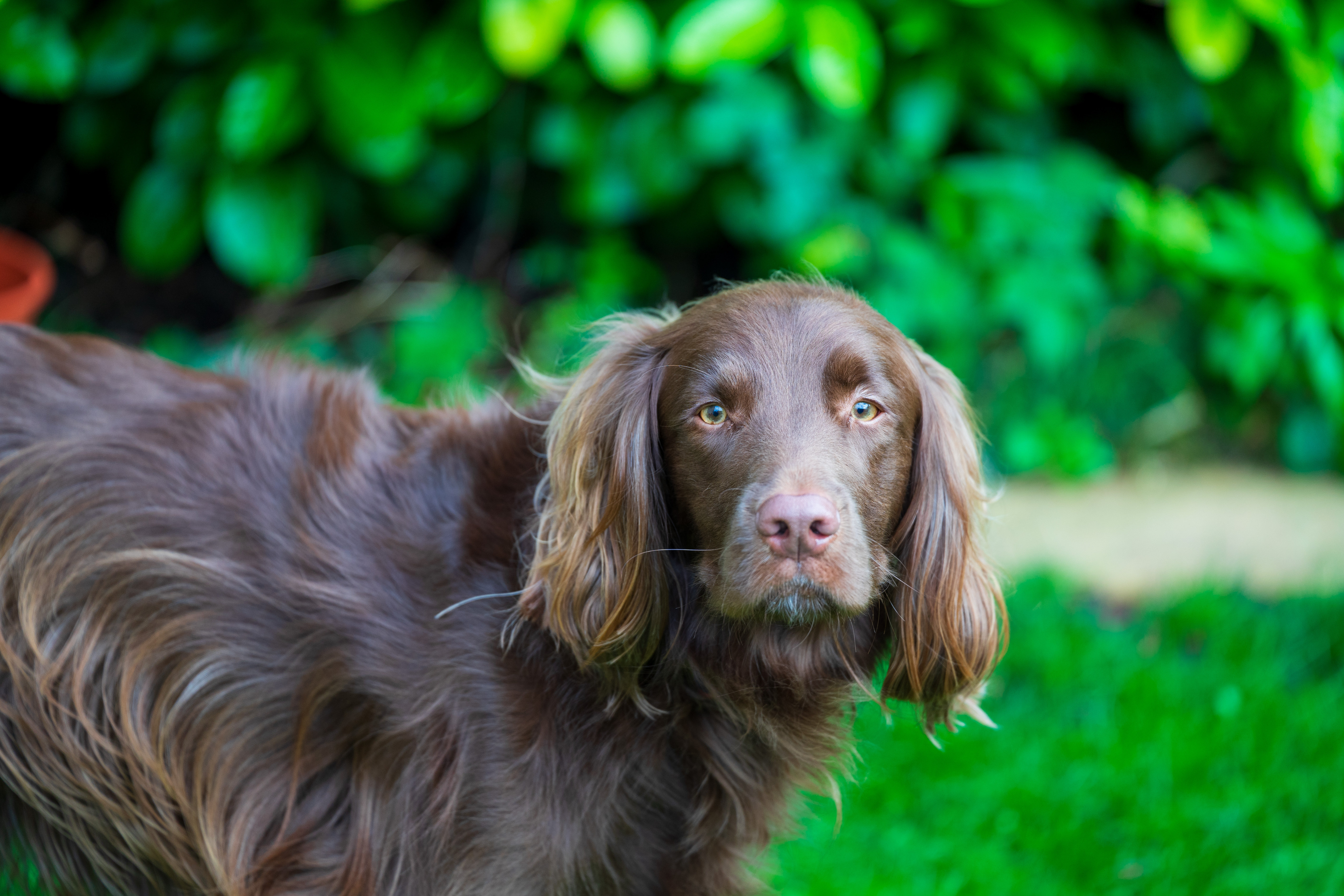


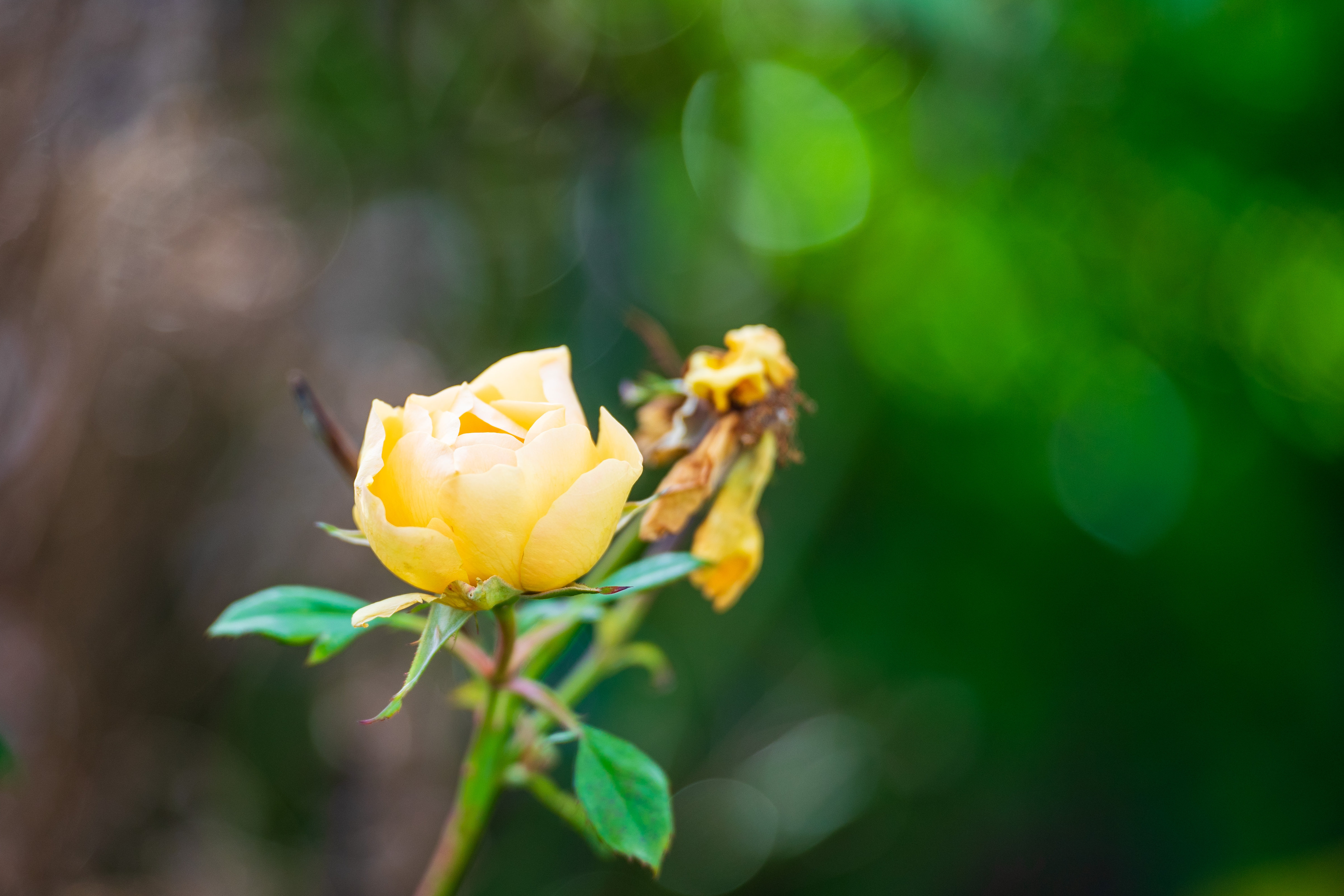
I love that this lens is much more compact, lightweight and affordable than conventional 70-200mm f/2.8 ‘trinity’ telephoto zooms. Sure, it doesn’t quite stretch to 200mm at the long end but it comes pretty close, while retaining that all-important constant f/2.8 aperture throughout the entire zoom range. It works a treat for weddings and events and even for sports and wildlife photography, while keeping the weight off for long periods of handheld shooting.
The original Tamron 70-180mm was a great lens, but I love that the G2 adds optical image stabilization, uprated handling and revamped optics. And it delivers all this at a more inexpensive launch purchase price than the original lens. I find that any camera's in-body image stabilization is second-best with telephoto lenses, so the addition of optical stabilization is particularly welcome.
Autofocus is super-fast, based on a VXD (Voice-coil eXtreme-torque Drive) system, and well able to do justice to the Fast Hybrid AF, Eye AF and advanced tracking options in Sony’s recent mirrorless cameras. The proof of the pudding is in the image quality and I'm very impressed that the lens's many optical upgrades translate into fabulous pictorial excellence. It’s simply a terrific lens at a bargain price.
Read more: Tamron 70-180mm F2.8 Di III VC VXD G2 review
Features ★★★★★ | Fancy features in the ‘Generation 2’ include a three-pole Custom switch, function button and USB-C port. |
Design ★★★★★ | The design gives you almost the same zoom range as a classic 70-200mm f/2.8 telephoto zoom but in a much smaller, lighter package. |
Performance ★★★★★ | From super-fast and highly accurate autofocus to great image quality and effective optical stabilization, it’s a cracker. |
Value ★★★★★ | It’s less than half the price of many ‘trinity’ telephoto zooms, making it a standout bargain. |
Lab data and comparisons
The graphs below show the comparative performance of the lenses in this guide, based on our in-house lab tests. The Sony FE 50mm f/1.4 G Master prime leads the way for sharpness but the Tamron 70-180mm f/2.8 Di III VC VXD G2 does particularly well for a zoom lens. The latter is the least impressive for control over distortion but automatic in-camera correction is available.
Scores for sharpness and color fringing are averaged from data taken across the entire image frame, from the center to the edges and corners, throughout the aperture range. For zoom lenses, the scores are also averaged from data measured at all marked focal lengths, and the same applies to distortion. Bear in mind that these average values don't fully reflect specific areas of performance. For example, a zoom lens might have noticeable barrel and pincushion distortion at its shortest and longest focal lengths respectively, which tends to average out when looking at the data overall. For more detailed graphs of each lens's performance, which give the full picture, check out the graphs in our full standalone lens reviews.
How to choose the best lens for the Sony A7C
The A7C, like all Alpha 7 cameras, uses the Sony E lens mount. Sony’s own E-mount lenses have either FE or E in their model names: all work on the A7C. FE lenses are designed for use with full-frame Sony cameras, including the A7C, so these should be your first choice. If you are buying a third-party E-mount lens, check that the lens is designed for use with full-frame Sonys.
Sony lenses with an E (rather than FE) prefix are designed for APS-C format cameras such as the A6000 series. On the A7C, they produce a cropped image, so they’re not an ideal choice.
Check out our guide to the best Sony lenses if you want to know more
How we test lenses
The lens experts in our testing lab run a range of tests under controlled conditions, using the Imatest Master testing suite. Photos of test charts are taken across the range of apertures and zooms (where available), then analyzed for sharpness, distortion and chromatic aberrations.
We use Imatest SFR (spatial frequency response) charts and analysis software to plot lens resolution at the centre of the image frame, corners and mid-point distances, across the range of aperture settings and, with zoom lenses, at four different focal lengths.
There's more to it than just the technical side, though! Beyond the lab, our reviewers test lenses in real-world environments – and sometimes on professional shoots! We work with lenses both indoors and outdoors, in studio conditions and in natural light, with as many different subjects as is possible (or appropriate – there's no point testing a landscape lens' ability to shoot a portrait!).
We take into account everything from handling and ease of use to speed of autofocus and the overall quality of the images produced.
Find out more about how we test and review on Digital Camera World
The best camera deals, reviews, product advice, and unmissable photography news, direct to your inbox!

Rod is an independent photography journalist and editor, and a long-standing Digital Camera World contributor, having previously worked as DCW's Group Reviews editor. Before that he has been technique editor on N-Photo, Head of Testing for the photography division and Camera Channel editor on TechRadar, as well as contributing to many other publications. He has been writing about photography technique, photo editing and digital cameras since they first appeared, and before that began his career writing about film photography. He has used and reviewed practically every interchangeable lens camera launched in the past 20 years, from entry-level DSLRs to medium format cameras, together with lenses, tripods, gimbals, light meters, camera bags and more. Rod has his own camera gear blog at fotovolo.com but also writes about photo-editing applications and techniques at lifeafterphotoshop.com
